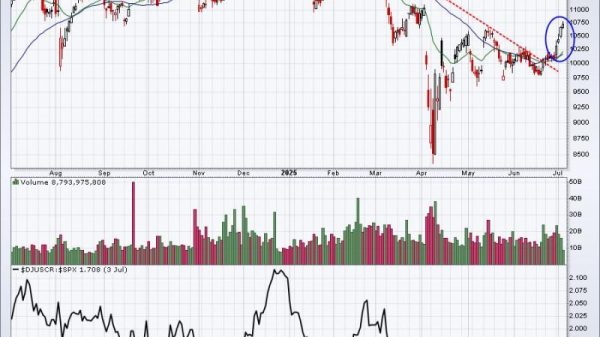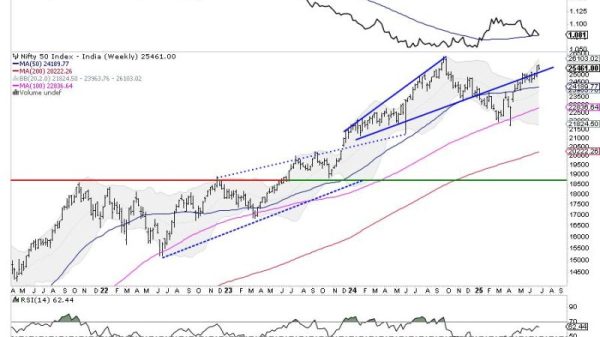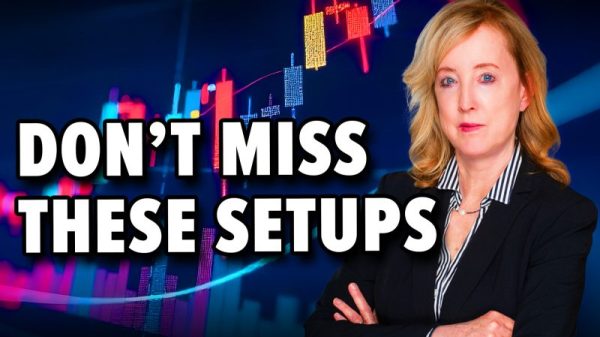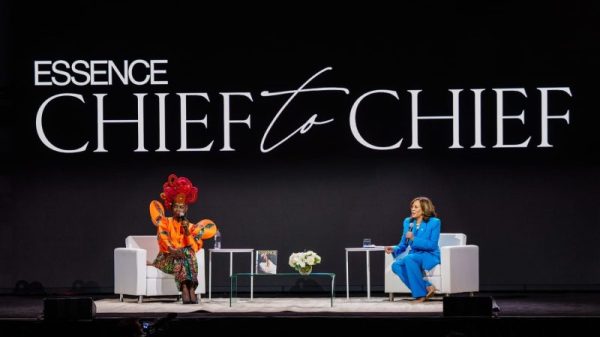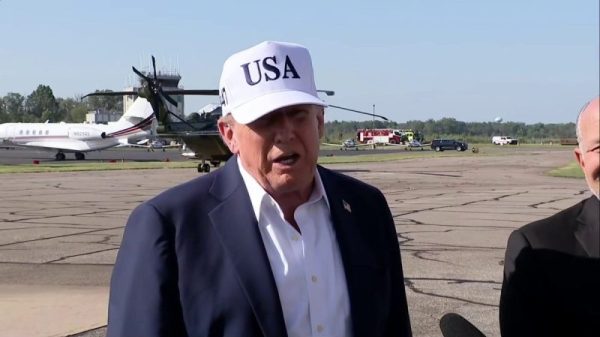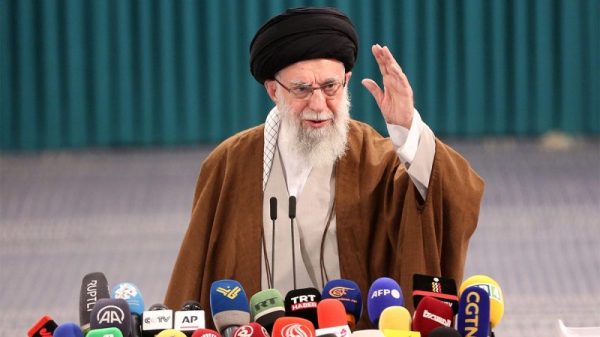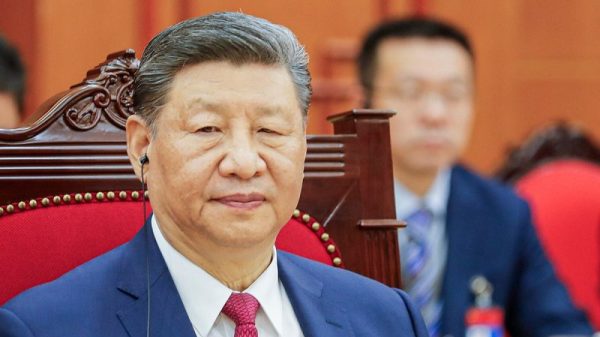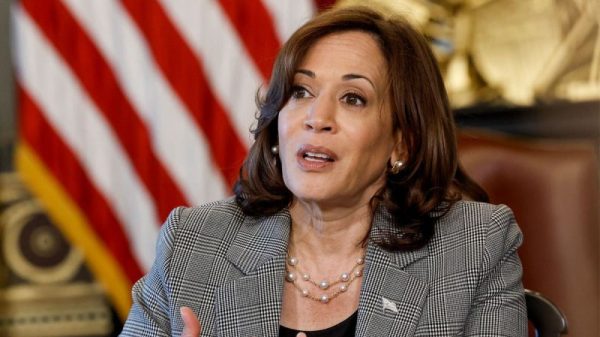In the world of geopolitics, the delicate dance between power and diplomacy often plays out on the global stage. Recent events have brought the United States and Iran once again into the spotlight, as President Joe Biden’s administration grapples with Iran’s track record of terror and deception. The intricate web of relationships and agreements that have shaped the US-Iran dynamic in recent years is a complex tapestry woven with threads of conflict, negotiation, and mistrust.
At the core of the issue lies the Joint Comprehensive Plan of Action (JCPOA), commonly known as the Iran nuclear deal. Signed in 2015, the agreement aimed to curb Iran’s nuclear ambitions in exchange for lifted economic sanctions. However, the deal has been a point of contention for both countries, with President Biden expressing his desire to re-enter the agreement, while Iran remains adamant about certain conditions.
Iran’s history of supporting terrorist organizations and engaging in proxy wars across the Middle East has earned it a reputation as a destabilizing force in the region. From its backing of Hezbollah in Lebanon to its involvement in the conflict in Yemen, Iran’s shadow looms large over the geopolitical landscape. The US, on the other hand, has placed a strong emphasis on combating terrorism and promoting stability in the region, leading to conflicting interests and approaches.
The recent escalation of tensions between the two countries highlights the challenges of balancing diplomacy and deterrence in a volatile region. President Biden’s wishful thinking of re-entering the JCPOA faces a significant obstacle in the form of Iran’s trail of terror and deceit. The intricate game of diplomacy requires a delicate balancing act of power dynamics, strategic interests, and regional stability.
As the US and Iran navigate this complex relationship, the stakes remain high for both countries and the wider region. The specter of conflict looms large, with potential ripple effects that could reverberate across the globe. The interplay of political agendas, military capabilities, and diplomatic maneuvering will continue to shape the future of US-Iran relations.
In conclusion, the US and Iran find themselves at a critical juncture, with divergent goals and conflicting histories shaping their interactions. President Biden’s aspirations for re-engagement with Iran face significant challenges in light of Iran’s past actions and current behavior. The path forward remains uncertain, with the potential for both cooperation and confrontation hanging in the balance. Only time will tell how this intricate dance of power and diplomacy will unfold in the ever-changing landscape of international relations.

